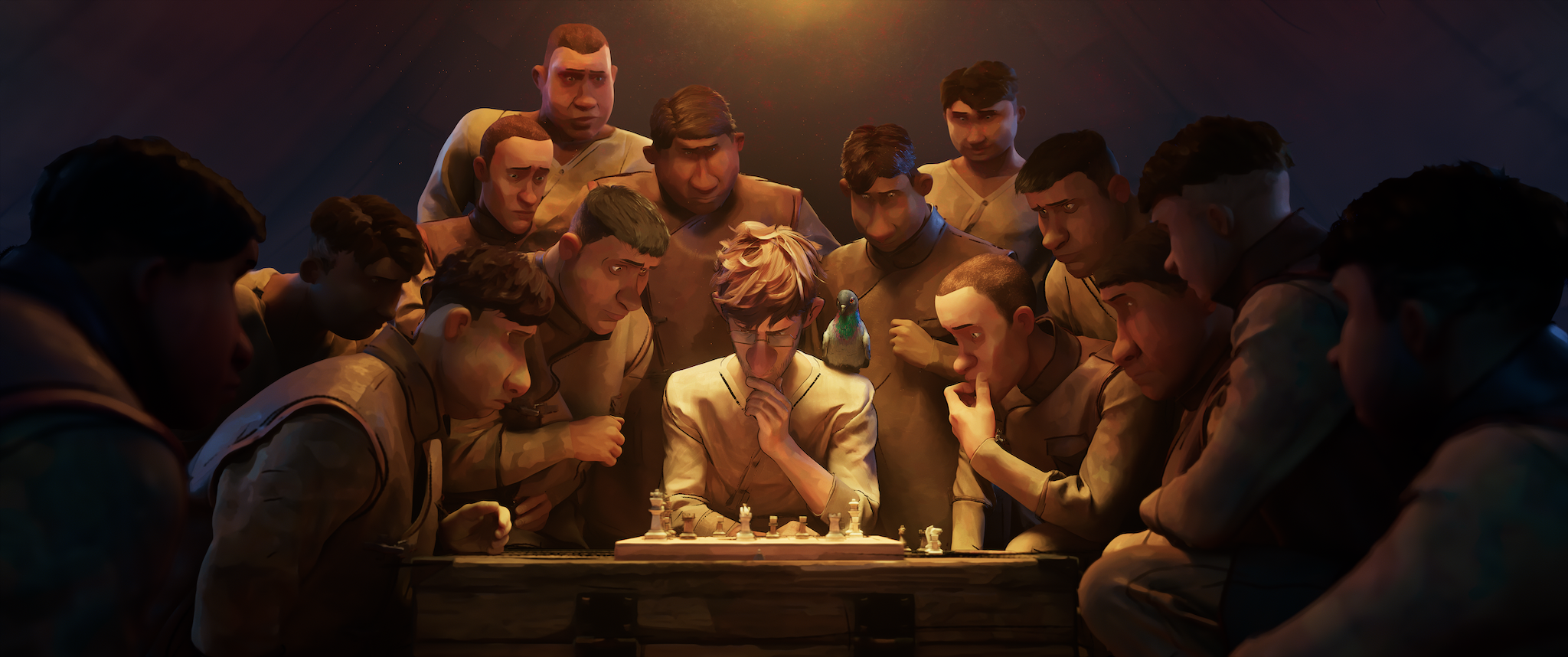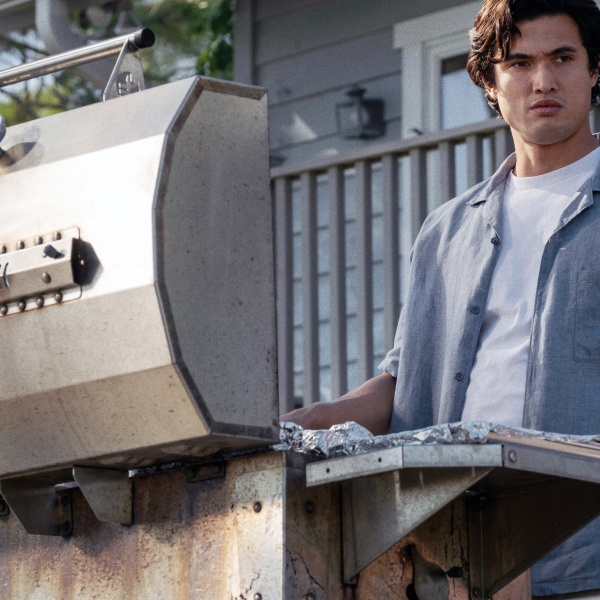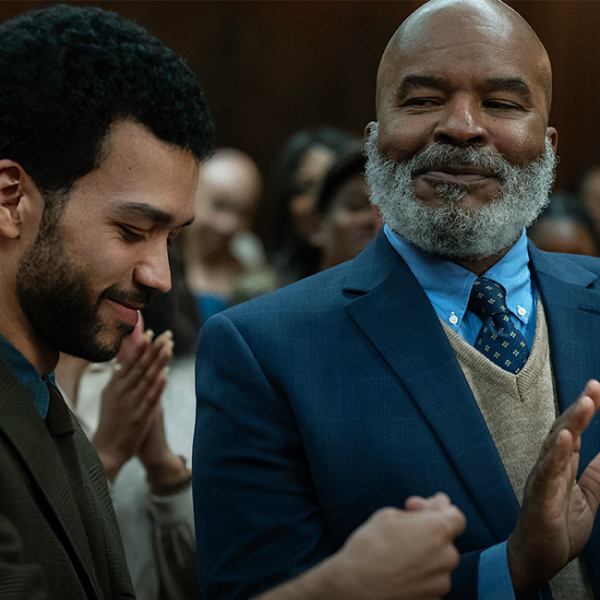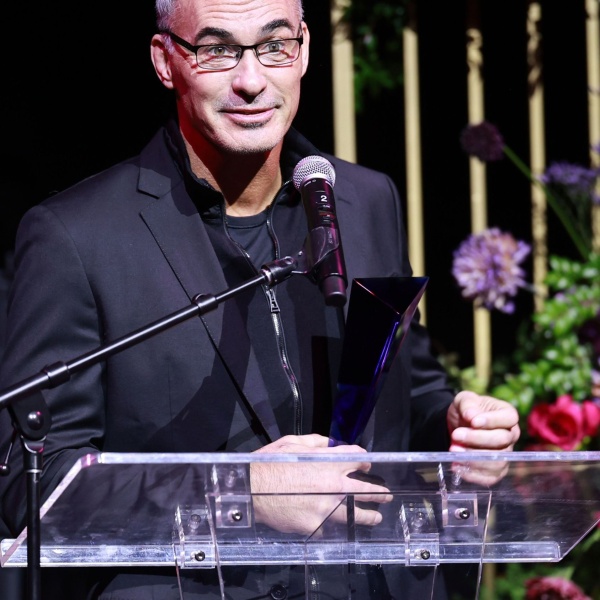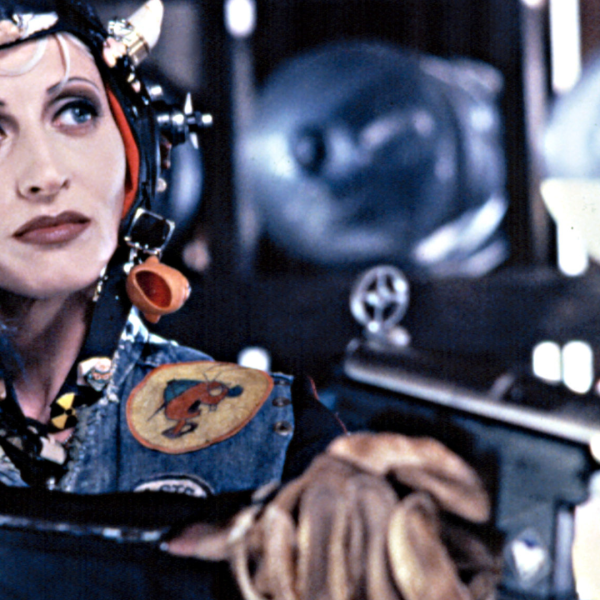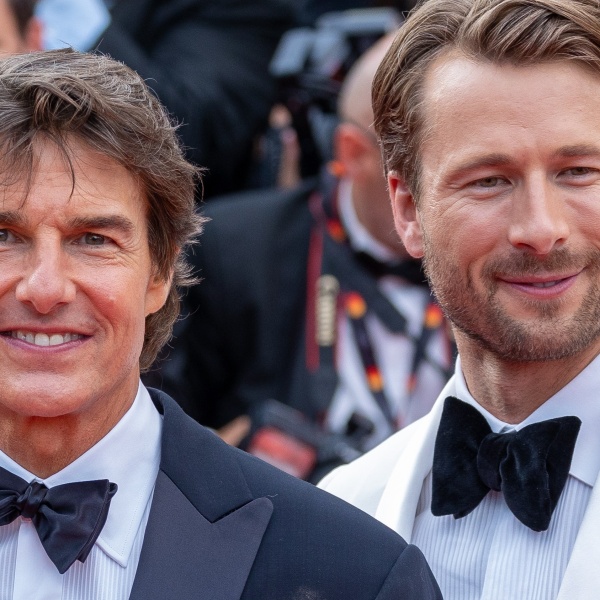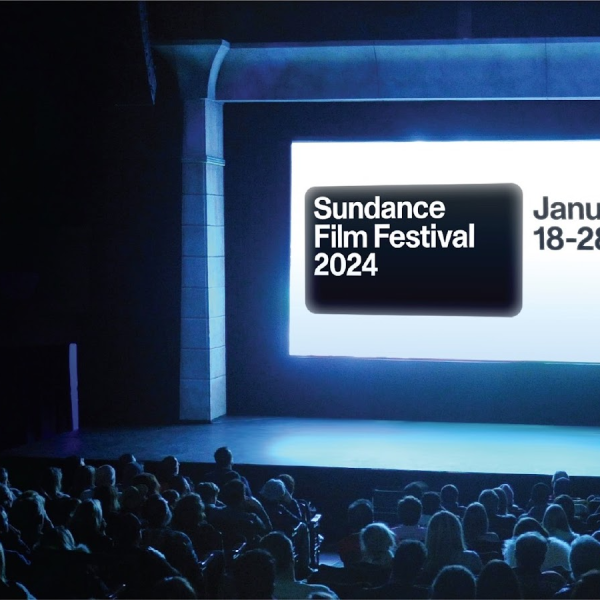The Oscar-shortlisted and Annie-nominated animated short “War Is Over! Inspired by the Music of John & Yoko” couldn’t be (sadly) timelier with the wars in Ukraine and Gaza. The 11-minute indie takes place in an alternate World War I, where a secret chess match is played across enemy lines with the assistance of a heroic carrier pigeon that delivers the chess moves over the battlefield. Pixar alum Dave Mullins wrote and directed the short, animated by Wētā FX Limited and executive produced by Sean Ono Lennon.
Russia’s invasion of Ukraine coincided with Lennon wanting to make an animated project around his parents’ popular protest song “Happy Xmas (War Is Over).” So he approached a friend at Pixar, who recommended Mullins (“Lou”), who left Pixar on his 20th anniversary in 2021 and started ElectroLeague, a real-time animation company with co-founder Brad Booker (producer of “War Is Over”).
“And so we met, and I was a little worried because it was pitched to me as a music video,” Mullins, who’s always adored the song, told IndieWire. “But when I sat down with Sean, we talked about the song and where the idea came from and what it meant to his parents, and I was like, ‘You’re talking about doing a short film that’s inspired by the song,’ which is why we used that in the title.
“Sean explained how John and Yoko were really clever in that they knew there would be an anti-war message embedded in it, and that it would come back every year and play again as an annual message of peace,” he continued. “And I was immediately like, ‘OK, that’s a big one to try and live up to.’ But Sean told me what the message meant to him and all this stuff happening in the world right now, and we both talked about why we’re at war and who’s benefiting — this whole blood for money thing — and how soldiers, in particular, are just pawns, and if they actually got together and really were able to connect, I would bet they have more in common than they think they do.

This led to a discussion about the Christmas truce of World War I when spontaneous fraternization and the swapping of prisoners broke out between the two sides, and chess as a metaphor for humanizing the soldiers and as a way of communicating. After a couple of meetings, Mullins wrote the script in one night, focusing on the two chess players, Winston and Abel, and Icarus, the pigeon. As they worked on the story, the Ukraine war got into full gear and made the film even more important to them. Lennon took the script to another friend, Peter Jackson, who was very enthusiastic and supportive and offered the animation services of his studio’s special projects unit, Wētā FX Limited.
Before Mullins knew it, they had a deal, co-financed by Sean and Yoko, with further assistance eventually coming from Epic. Fortunately, the two animation pipelines at ElectroLeague and Wētā FX Limited are both built around Unreal, despite Unity owning the New Zealand studio’s tech division (a partnership that was dissolved late last year, with Jackson regaining ownership of Weta Digital).
Zac Retz (“Spider-Man: Into the Spider-Verse”) was the production designer, and Aidan Martin and Keith Miller, from Wētā, served as animation supervisor and visual effects supervisor, respectively. Mullins, who studied painting, drove the visual look based on two of his favorite illustrators: the legendary J.C. Leyendecker and Norman Rockwell, who epitomized early 20th-century design with their respective art deco and photorealistic styles.
“We were dancing around this alternative World War I setting,” Mullins added. “And we were looking at war propaganda posters and a lot of ads, and when I see Zac’s paintings, he’s phenomenal and incredibly talented. But, for me, Norman Rockwell is what I wanted from the line quality and the composition. And J. C. Leyendecker is a painter that I had always adored, also of that era. And that’s why we have this look.

“There’s hand drawn lines on the characters [who were performance-captured at James Cameron’s Lightstorm stage in Manhattan Beach for the battle scenes] and there’s also an outline shader, which is a love letter to 2D. Part of that is in Unreal, which has a shader that could edge detect, and Wētā did a great job of writing the code for that. But I also wanted Zac’s paintings to be on screen.” These included matte-painted sets and props, which the production designer worked out with Wētā, primarily in Unreal. But the skin textures were hand painted in Maya, and Icarus was completely done in the software.
Meanwhile, the look of the soldiers (who represented ethnic diversity) and their props were divided between angular and round designs. Winston’s side consists of triangles and hard corners (including his glasses), and all the emblems are square, even his chess set. “And then you go over to Abel’s side and his design’s are rounder. His chest set is rounder, even the tanks, the guns, the emblems are round,” added Mullins.
Mullins enjoyed the freedom of having complete control. “War Is Over” isn’t violent but it’s aggressive in its dramatization and anti-war statement. “I wanted to start on the image of war with bloody footprints in the snow,” he said. “I had to set that up really early. Like, these guys are really suffering in this situation. It’s been going on for a long time. They’re cold, they’re sick, they’re miserable, and you start with a lack of humanity: The guy gets shot and the sergeant just throws another guy up in his place.
“And you have this hopelessness. Then, as the game goes on, I wanted humanity to kind of creep back into the film with the game and these guys all connecting on opposite sides. Really, the one big ask of the audience was, please just allow us to tell a story where I don’t have to explain that these guys don’t know each other or how they got this game started. Please allow us to have this fiction for this part of the story.”

The soundscape leaned into many wars: World War II 50-caliber guns, trench guns, guns from the Falklands War, and Blackhawk helicopter sounds from Desert Storm. “We tried to take audio cues from every war and mix them in so you could make it universal,” added Mullins.
The final piece was the atmospheric and uplifting score by Mullins’ favorite composer, Thomas Newman, the 15-time Oscar nominee shortlisted for Pixar’s “Elemental.” He responded to the short and didn’t shy away from separating his score from the iconic song. “He wanted to work on our little film, which is crazy,” Mullins said. “And I was like, ‘How do you play into the song? How do you make it work? Do we want to put little pieces of the song early on so it’s not like this big shift?’
“And he said, ‘Let it be a big shift. Let’s score the score and let the song be the song [which appropriately arrives at the climax]. He had so much confidence in that, and it immediately calmed me down. He does these little sketches, and you can talk about the instrumentation, you can talk about the emotion, the vibe, whatever it is.”
Here Newman leaned into guitars, Middle Eastern flute, dulcimer, kettle drums, piano, synths, and sampled voices that sound like a bird flying. “He wasn’t in a position to go into a recording studio with an orchestra, so he has his studio next to his house, where he records with just a few musicians,” added Mullins. “They do a lot with a little, and it’s just a mystery to me.”
